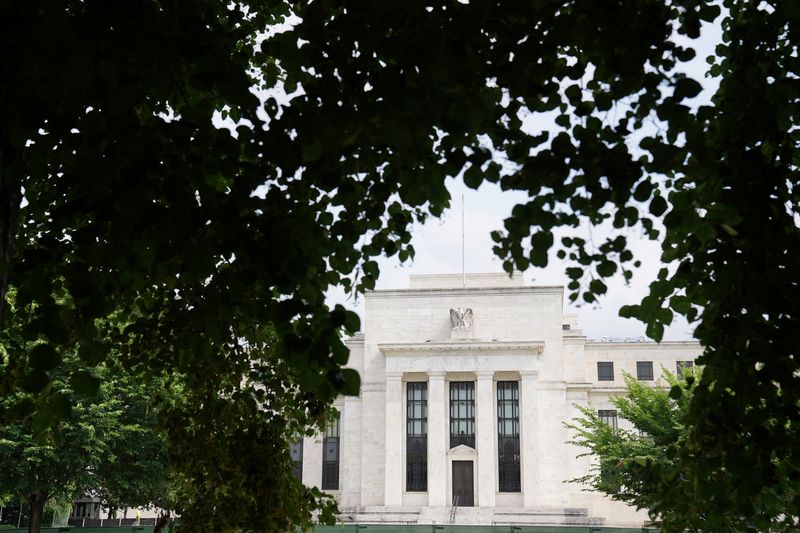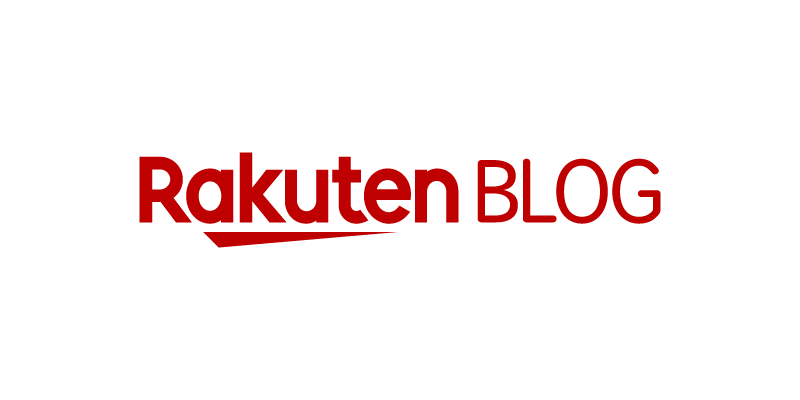© Reuters
Investing.com – The Bank of Canada, Bank of England, Bank of Japan, European Central Bank, Federal Reserve, and Swiss National Bank just announced coordinated action to boost liquidity provision via interbank USD swap lines. The activation starts from tomorrow and continues until the end of April.
The major central banks agreed to improve the efficiency of the swap lines to provide the necessary funding in US dollars. In the past, central banks provided operations in US dollars at a one-week period, and it was agreed to change the frequency from weekly to daily.
The network of swap lines between central banks is a soft way that provides the necessary liquidity to deter any collapse in the markets, and ease restrictions on global financing markets, which helps mitigate the repercussions of financing crises on business sectors and citizens.
Experts see this as an announcement of the end of the monetary tightening cycle, and it is mentioned that the Fed strengthened the swap lines when the Corona crisis erupted in 2020, to prevent any sharp collapses in the markets.
And in an official announcement from the European Central Bank we read:
What are swap lines?
A swap network is a reciprocal credit line established between two or more central banks. Its aim is to allow central banks to exchange currencies between themselves and each other to maintain the stability and liquidity of the market.
For example, the swap line between the Federal Reserve and the European Central Bank allows all central banks in a region to receive US dollars from the Fed in return for giving the Fed a similar amount of euros. These agreements have been in place for decades.
Swap lines serve to maintain financial stability and prevent market tensions from hitting the real economy. When the financing markets deteriorate in a currency, it becomes difficult for banks outside the geographical scope dealing in this currency to finance their assets linked to it, because they do not have access to an external central bank that issues the same currency. But if the central bank of this country has a swap line with a foreign country, the central bank can fund its banks with the required liquidity in foreign currency without resorting to its foreign assets. During the global financial crisis that followed the collapse of Lehman Brothers in September 2008, global financing markets dried up due to widespread risk aversion. In these circumstances, and to prevent banks from selling their assets and the resulting repercussions of excessive movements in the markets, the European Central Bank opened a swap line with the Federal Reserve to allow banks operating in the euro area to obtain dollars. According to the official website of the European Central Bank.
markets before opening
The Swiss central bank, the National Bank, announced today the acquisition of Credit Suisse by UBS for $3.2 billion after negotiations that lasted all weekend. It ended with UBS agreeing to buy Credit Suisse at 0.55 francs per share, at a significant discount to the market value and the share price at the close on Friday.
And the Swiss government announced that Credit Suisse was on the brink of bankruptcy. Many have drawn parallels between Credit Suisse and the weekend when Lehman Brothers ceased to exist.
The agreement comes with international pressure, and meetings with the Federal Reserve and the US Treasury Department.
The market is waiting for the futures and commodity market to open minutes from now; It is worth noting that it closed down on Friday by more than 388 points. While it rose in spot and futures contracts by more than 3%, to stand on the cusp of $2,000 an ounce.
It should also be noted that research says that there are 186 US banks at risk of bankruptcy. And the Biden administration announced earlier in the day that it is communicating with the most famous billionaire, Warren Buffett, to start discussing a rescue plan for US regional banks that are subject to bankruptcy.


